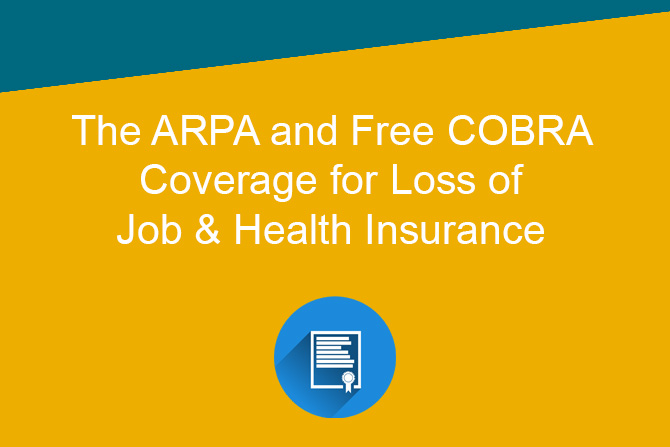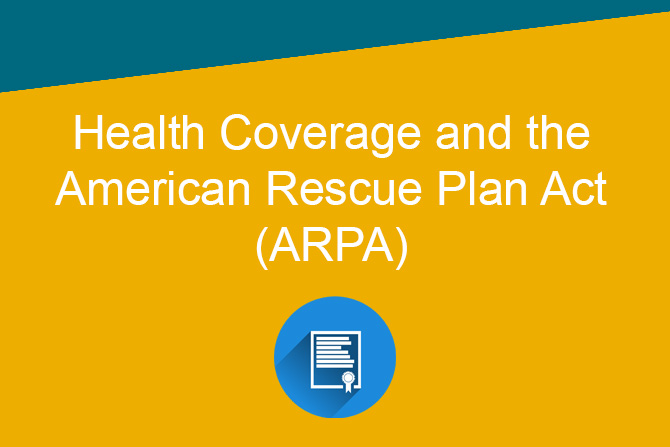When a Health Plan Fails
August 26, 2021

In the past year, a health plan member went through the actual experience they describe below:
The first sign there was anything wrong was when I checked in October 1 for a scheduled follow up appointment. The receptionist asked if our medical insurance was the same as before. It was.
Then she paused a moment before she informed us, “Oh, we are no longer contracted with that plan.”
“What? Three-quarters of the way through the plan year?” I asked in disbelief.
“Yes, it is just as of this morning,” the friendly woman explained apologetically. “If you still want to see the doctor, you’ll have to pay as a private patient.”
In 35 years in the insurance industry, I had seen health plan/provider network disputes many times before. Members typically get letters from both the providers and plan, usually promoting their side of the conflict. Issues are often worked out before the contract deadline or shortly after. But this was the first time my network was affected – and there was no advance notice from either the plan or provider.
I went ahead with the visit and paid the full freight. It would probably get worked out and I’d be reimbursed…but what if it wasn’t? After returning home, I got to thinking I now lived in a much smaller town. I had established relationships with several doctors in this medical group that was no longer in-network, and, with limited alternatives locally, scheduling with new providers could be months away. I would be paying premiums for the next three months though I could no longer effectively receive services through the plan.
That afternoon I drafted a letter I sent to my health plan’s CEO and the medical group President to let them know that I was not happy. I also copied in the state Insurance Commissioner.
Next, I started getting bills from several providers saying my insurer did not respond to their claim and that I was now responsible for the full amount of the charges. These charges were incurred before the contract expired, so I knew I was not liable for the “full amount.” But it also told me something worse than a network contract dispute was going on. I went through my files to look up the explanations of benefits (EOBs) for the bills, only to discover there were no EOBs for the charges.
The first response to my letters came from the medical group, noting that I had also contacted the state insurance department. The medical group offered to honor the contracted $10 copayment for that doctor visit and that I could keep seeing the group providers for the rest of my plan year. This was a great relief.
But it didn’t explain the other bills that wanted me to “pay now to avoid further collection activity.” I called Member Services to check the status. The representative told me the claims had been processed and that I didn’t owe any balance. I also learned the payments had not yet been released to the providers. The representative promised to contact the providers to have them stop billing me.
Ultimately, a response from the state insurance department informed me that my health plan had filed for bankruptcy. My health plan could not pay its claims. The Insurance Commissioner was reviewing the situation and would determine further action.
Fortunately, the medical group kept my appointments for the rest of the year. I enrolled in a new plan for the new year. And early in the new year, the insurance department took the health plan into receivership and would be liquidating the plan’s remaining assets. Then, on a single day, my mailbox was stuffed with more than 30 EOBs for all the claims that had been held back. Each envelope contained a copy of an insurance department letter explaining that the claims had been calculated but no payments to providers had been made. The letter also said that plan members could not be billed for more than the plan provisions allow as shown on the EOBs.
Even as someone with a lot of knowledge and experience with health care and insurance, it was nerve-wracking. It must have been terrible for those members without my background trying to figure out what to do.
We hope you never go through anything like this member did. But if you ever do, you should know that in most circumstances, you as a member would never have to pay more than your plan share of deductibles, copayments and coinsurance for in-network medical services. Your state insurance department can provide assistance if any provider is attempting to collect a bankrupt plan’s responsibility for their charges from you.









